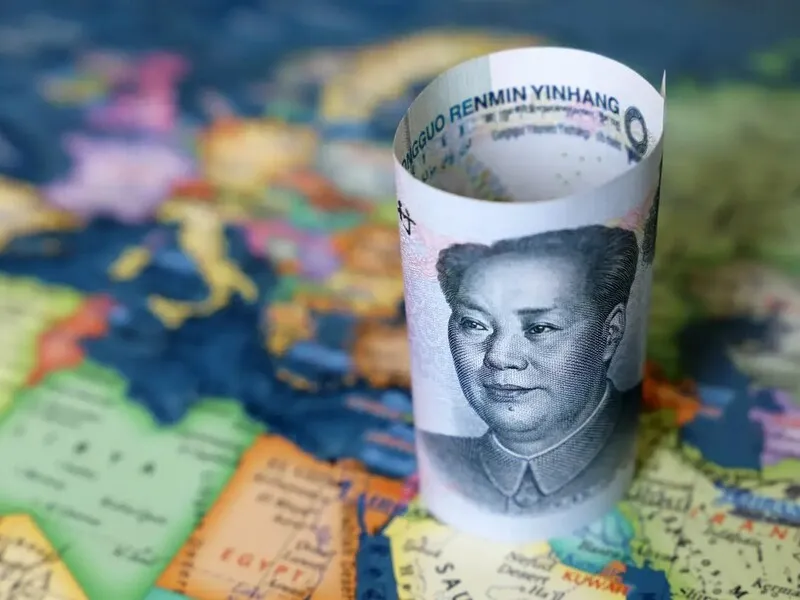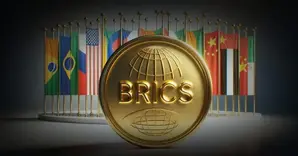The intra-BRICS trade is now being dominated by the local currencies as 50% of trade were settled in the Chinese yuan and not the USD, according to the independent think tank for central banking OMFIF. Apart from the Chinese yuan, the alliance used multiple national currencies to bypass the US dollar for cross-border settlements. This makes the greenback less used in the global markets as the bloc advances the de-dollarization agenda.
China is pushing the Chinese yuan among BRICS members and not the USD for payment settlements. Around 80% of all trade deals with Russia are done in national currencies like the yuan and ruble. Even Russia and India paid the rupee and ruble for crude oil deals before Trump took office in mid-January. India saved over $7 billion in foreign exchange fees by sidelining the US dollar for oil trade with Russia.
Also Read: India Confirms BRICS De-Dollarization Efforts Despite Trump’s Pressure
BRICS Using Chinese Yuan & Other Local Currencies, USD Being Abandoned

Though this sounds big in the microeconomic scope, the larger picture is much different in the macroeconomic lens. Despite the Chinese yuan being used for 50% of all intra-BRICS transactions and not the USD, it only accounts for 2% in global payments. The US dollar, on the other hand, commands 88% of all foreign exchange transactions and settlements. There’s a difference of heaven and earth between the two, and the yuan is nowhere close to challenging the greenback.
Also Read: China Dumps $8.2B US Treasuries in BRICS Payback, Sells $900M Again
China is only using BRICS as a currency vehicle to shake the dominance of the USD in the global markets. Russia and Iran are following China’s footsteps to safeguard their economies from sanctions pressed by the White House. Other countries have started using the US dollar for transactions, fearing Trump’s tariffs and trade wars. India has especially made several statements against de-dollarization and openly embraced using the US dollar for trade and payment settlements.






